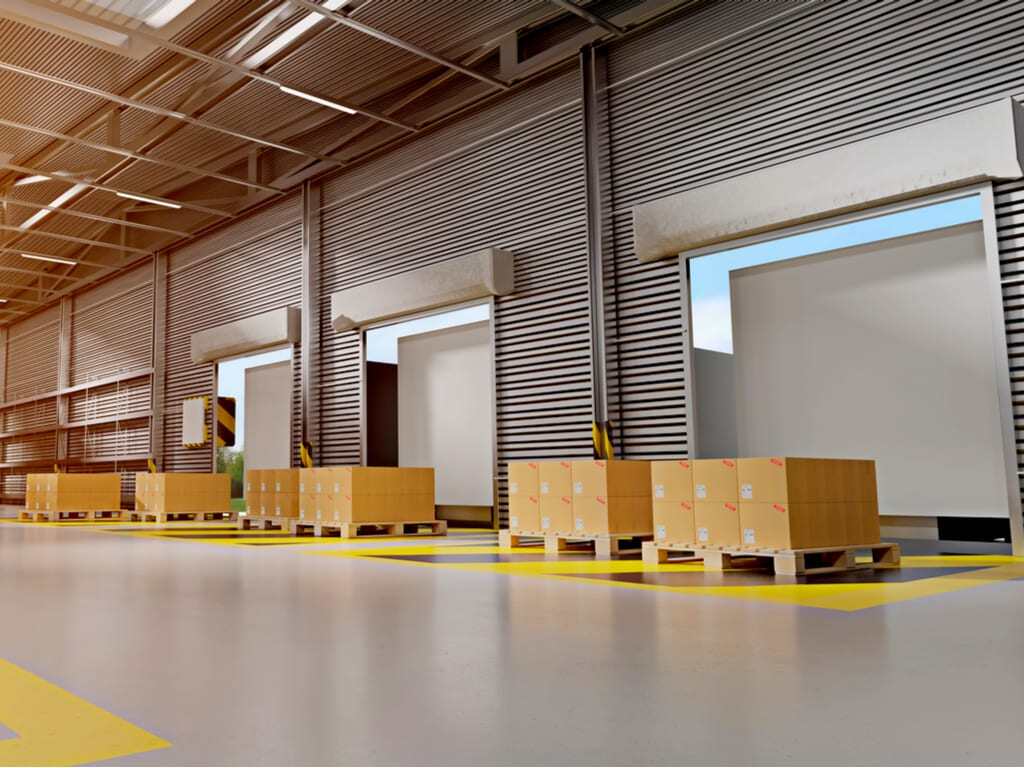LTL Shipping: The Basics
TAGS:
- Blog
- 3pl
- Logistics
- Freight Brokerage
- Inbound Freight
- Digital Freight Management
- Shipping
- supply chain
- Freight Costs
- Outbound Freight
- Specialized Freight Management
- Technology
- Freight Forwarding
- TMS
- LTL
- freight
- Featured
- Freight Savings
- Logistics Planning
- Controlling Costs
- supply chain challenges
- Inbound-Outbound Freight
- Strategic Logistics
- manufacturing
- outbound
- Critical Infrastructure
- FLEX Outbound Freight
- Tracking
- import
- sustainability
- visibility
- API
- Compliance
- EXACT Inbound
- EXACT Inbound Freight
- Freight Cost Tracking
- Outbound Freight Savings
- Precision ROI
- Project-based Logistics
- Vendor Performance
- documentation
- export
- freight claim
- freight management
- inbound freight costs
- incoterms
- meet the team
- ocean freight
- parcel
- save money
- supplychain
- Carrier Selection
- Critical Freight
- Data Driven
- Digital Freight Brokering
- Freight Claims
- Risk Mitigation
- Turnaround Logistics
- Uptime
- current events
- inbound
- priority1
- recession
- shipping delay
- 4pl
- Analytics
- Customs
- Dock Management
- Downtime
- FLEX Freight Control
- Heavy Haul
- International
- SDK
- Strategic Outsourcing
- book review
- canada
- covid 19
- customodal way
- delivery
- digital freight broking
- exports
- freight broker
- ftl
- holidays
- in the news
- logisitics
- mike eberl
- news
- oceanfreight
- packaging
- rates
- save on freight
- save on shipping
- shipping news
- shipping solutions
- small parcel audit
- small parcel refunds
- truckload
- update
- 2022
- 2022 shipping expectations
- Alaska
- Carbon Accounting
- Cold Chain
- Customs Broker
- EXACT
- Electrical Utilities
- Freight Control
- Green Logistics
- Hawaii
- Hazmat
- In-House Fleet vs Virtual Fleet
- Inbound Shipping Skills
- Inventory Management
- JIT
- Jones Act
- LCL
- Maintenance Logistics
- Midwest
- Oversized
- Puerto Rico
- Reverse Logistics
- air freight
- all risk shippers protection
- asset based
- automated audits
- automated refunds
- avoid extra fees
- benjamin lorr
- broker
- bullwhip
- carmack
- central wisconsin manufacturing
- cheap logistics
- china
- choose local
- cip
- coronavirus
- covid19
- cpt
- ctb
- cybersecurity
- dan hendrickson
- dap
- dayton freight
- ddu
- diy shipping
- double brokering
- e-commerce
- ebol
- exporting
- factoring
- freight damage
- freight jobs
- freightforwarding
- from the forest
- fuel surcharge
- fulltruckload
- glossary
- holiday shipping
- how to switch ltl
- importing
- inboundfreight
- industry 4.0
- insurance
- insurance claim
- last mile
- location
- logistics coordinator
- low cost shipping
- maritimeshipping
- michael standley
- mycarrier
- newsletter
- non-performance refunds
- ocean shipping
- onboarding
- our values
- outboundfreight
- outsource
- overview
- pallet
- pandemic
- parcel audit
- parcel refunds
- parcel shipping
- partnership
- permits
- predications
- purchasing management
- questions
- reshoring
- risk management
- rose george
- routing guide
- save time
- sea freight
- seafreight
- shipment
- shipping 101
- shipping clerk
- shipping costs
- skid
- staff
- standley
- supply chain resilience
- team
- testimonial
- trade show shipping
- transportation
- transportation management
- truck broker
- truckload specialist
- ups shipping
- yellow
Recent Articles
Related Articles
In the complex world of LTL (Less Than Truckload) shipping, businesses are often confronted with the choice between Spot and Contract rates. These...
Read More >
Jan 2024
Should I partner with a 3PL? There are a lot of things to manage when you’re overseeing a business. Shipping is a significant component of any...
Read More >
Aug 2022
Best Practices for Optimizing Your Shipping Processes with Customodal
Read More >
Jun 2024




